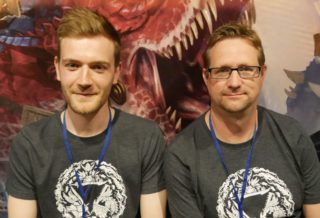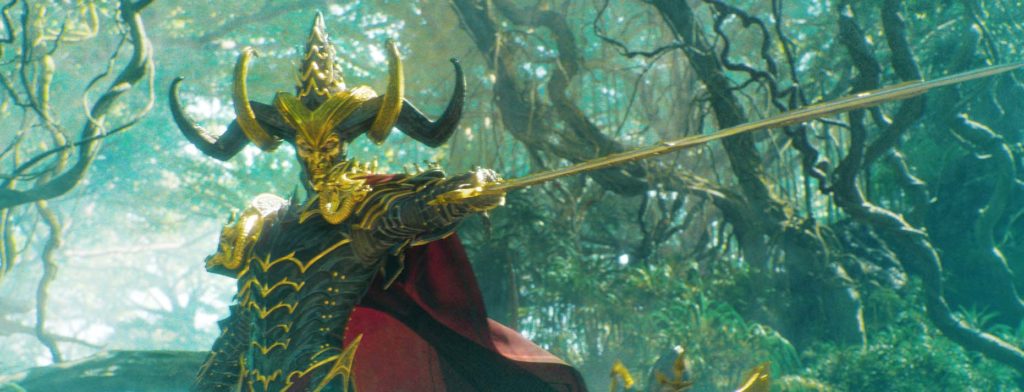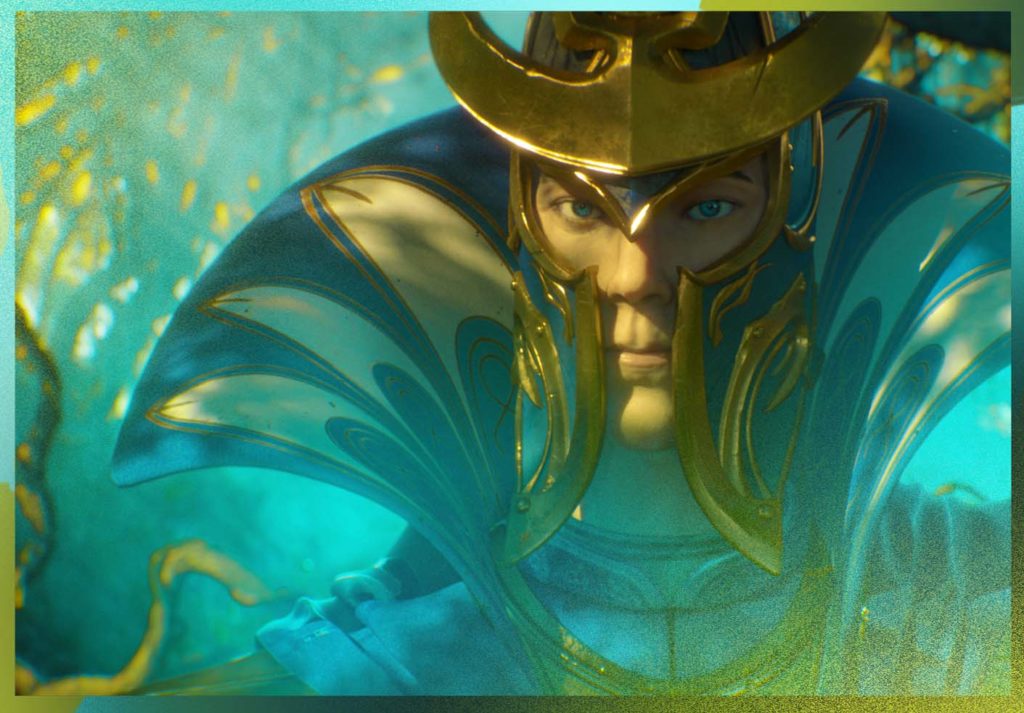Total War: Warhammer shook up strategy gaming when it released in May last year by combining the deep strategic gameplay of the Total War brand with the brutality of the Warhammer fantasy universe. They were two flavors that went perfectly well together, and now the developers are preparing to do it again with a standalone sequel.
Total War: Warhammer II is the second game in a trilogy and it features four new races: Lizardmen, High Elves, Dark Elves and an unannounced race. The game is driven by a new narrative based in Warhammer lore that takes place on a map called The New World, which has four new continents to explore and a magical vortex that threatens to destroy everything. Although the game has some new features, the core game remains intact from the previous installment. Players are tasked with ensuring their race thrives by destroying rival ones.

“The Warhammer tabletop game has so much content—with 16 races and about 30 years of lore behind it—so it’s not feasible to fit it all into one game,” answered Sinclair. “So, the first game has a slice of all that, this second game will have another, and the third game will finish it off. At the end of it all, we’ll have a giant campaign map that’s a giant free-for-all.”
Strategy game trilogies aren’t unusual, as demonstrated by games such as Blizzard’s StarCraft II, which was similarly released in three standalone installments. However, years separated each of those games. It’s been just over a year since the first game came out, and Hall revealed why Creative Assembly was working with such a relatively fast schedule.
“We didn’t want to leave it too long because these games—in addition to being standalone—merge together as parts of one giant jigsaw,” Hall explained. “We don’t want to leave it too long for players, and there is a desire from them to get our stuff out as fast as possible.”
With that being the case, we asked why the developers opted to go with a full standalone sequel instead of launching a major expansion to add-on to the first game. Sinclair responded by saying that with so much new content, a sequel simply made logical sense.
Hall added that, “It was always going to be a trilogy, and if you’re a High Elf fan, but don’t care much for the other races, then you can buy this game and be ready to go. You won’t have to buy the first game and then an expansion just to play as High Elves. But if you own both games, they will merge together after our first big patch to form one big map, making for two different modes of play. There’s the bespoke Vortex campaign for Warhammer II, and then there’s going to be a mega campaign, which is what Warhammer players really want. This is the game they’ve always wanted. They want to use their favorite race and take over the world and this allows them to do that.”
The response from fans appears to be strong. “I think it has been overwhelmingly positive,” said Sinclair. “Everyone who has played Warhammer I is very happy with what we’ve produced and the most common comments were, ‘where are the Lizardmen or High Elves?’ Now, I hope we’re pleasing everyone.”
“The clamor for the different races, whether it was for DLC or in a sequel, has been very strong,” said Hall. “It always seems like we give the players something and then they’re ready for the next thing. We’re working really hard to rattle through it all.”
Getting the next big thing also means extra content for the previous game, given the incentives for picking up the game early. Sinclair said, “We announced a pre-order incentive for Warhammer II, so if you pre-order the game or buy it within the first week of launch, you get a free race pack DLC for the first game—which will be our final add-on for that game outside of power and ability updates.”
Dedicated players have already put in hundreds of hours into the first game. When asked if that meant that players were likely to migrate to a sequel, Hall said, “I would hope so. If I were a customer, I’d want to be able to expand my map by over 50 percent and sail my troops over to take over those new lands. That’s very compelling, I think. And Warhammer II players may want to pick up Warhammer I, so it could work both ways.”
Warhammer II and its mega campaign will let players who have invested hundreds of hours into the first game get a completely new experience when the sequel launches. “You can expand in a completely different direction, adding so many more hours of gameplay,” said Sinclair. “It’s mind-blowing how much content there is.”
There won’t be multiplayer crossplay between the two games if players each only own one or the other. “But if you own both games, you can play as all the races between them,” said Sinclair. Additionally, players will only be able to play the new free-for-all mode, where four players battle against each other for supremacy, by owning both games—making for even more incentive to own both.
Warhammer II delves into the ‘stranger’ parts of the Warhammer universe. “We’re getting into some crazy races now,” said Hall. “Besides the Greenskins, most of the races in Warhammer I were pretty much humans. Warhammer II brings some real ‘out there’ races to the table. You have dinosaurs riding dinosaurs and space lasers! Then you’ve got the Elves, who like to fight against themselves, and I think the mysterious fourth race will please a lot of people.”
We asked the two if this strange fantasy setting appealed to the mainstream history-themed Total War game fans. “We’ve definitely got overlap,” said Sinclair. “I think it’s fair to say that some of our hardcore historical fans were skeptical about Warhammer, but I think that even if you don’t like the aesthetic, Warhammer brought magic, giant monsters and flying creatures to the game. So, even if you don’t like orcs and goblins, we got a lot of people intrigued about how that worked in Total War. I’m sure there are people who won’t touch Warhammer and are keenly waiting for the next historical title, but I think the majority of people came over and a lot of them fell in love with it.”

How does Creative Assembly engage with its players to maintain enthusiasm for this trilogy? “People play the game and then they kind of look for the next thing,” said Hall. We’ve done some nice free DLC drops, including Bretonnia, which is a whole new race. We’re going to continue in that style. There will obviously be paid DLC so that we can keep the lights on, but we’ll also be dropping free bits of content to keep players engaged and coming back.”
All of us are constantly reading the Total War forums and taking in the feedback,” Sinclair added. “It’s a two-way thing where we’re always talking to them. We also have a veteran group of players who are our beta testers that give us feedback.”

